Maya News Updates 2008, No. 35: Kiuic, Yucatan - Occupation of the Site Pushed Back into the Early Classic
Yesterday, Sunday June 22, 2008, the online edition of USA Today provided a short report on the recent excavations at the Yucatecan archaeological site of Kiuic by the team of archaeologists led by George Bey (Millsaps College) and Tomas Gallareta (INAH). Latest results show that the site was already occupied during the Early Classic period. This report coincides with other recent reports that show Maya occupation in the Early Classic blossoming in both Yucatan (e.g. San Diego Buenavista, MNU 2008, Nos. 34 & 32) and Campeche (e.g. MNU 2008, No. 33) (edited by MNU):
The mystery story of the Maya slowly reveals new twists - [...] The classic Maya were part of a Central American civilization best known for stepped pyramids, beautiful carvings and murals and the widespread abandonment of cities around 900 A.D. in southern Mexico, Guatemala, Belize and El Salvador, leaving the Maya only the northern lowlands of the Yucatan peninsula. The conventional wisdom of this upheaval is that many Maya moved north at the time of this collapse, also colonizing the hilly "Puuc" region of the Yucatan for a short while, until those new cities collapsed as well.
But that story of the Maya is wrong, suggests archaeologist George Bey of Millsaps College in Jackson, Miss., who is co-leading an investigation of the abandoned city of Kiuic with Mexican archaeologist Tomas Gallareta of Mexico's National Institute of Archaeology and History. "Our work indicates that instead the Puuc region was occupied for almost 2,000 years before the collapse in the south," says Bey, by e-mail.
But that story of the Maya is wrong, suggests archaeologist George Bey of Millsaps College in Jackson, Miss., who is co-leading an investigation of the abandoned city of Kiuic with Mexican archaeologist Tomas Gallareta of Mexico's National Institute of Archaeology and History. "Our work indicates that instead the Puuc region was occupied for almost 2,000 years before the collapse in the south," says Bey, by e-mail.
Over the last five years, Bey and his colleagues have started unearthing Maya cities in the Puuc region dating back to more than 800 B.C. "It is both the number of sites we are finding as well as that some of them produced large-scale monumental architecture — pyramids and an acropolis — while others have ball courts." At Kiuic, Bey's team has found a large platform that held at least two large ceremonial structures with ceramics. The cities dated back more than a millennium earlier than anyone had thought Maya cities existed in the region.
"This is interesting stuff. The northern lowlands usually get the short end of the stick because all the well-known classic sites are in the southern lowlands," says Maya archaeologist Lisa Lucero of the University of Illinois at Urbana-Champaign, whose own research is in Belize. "There is no doubt that many people went north after the collapse, but, there is a fuller, longer story to the northern lowlands."
The buildings, ceramics and trade items, such as Guatemalan obsidian and Olmec jade, found at Kiuic indicate these early cities of the Puuc were tied to Maya centers further south. Archaeologists had known that people lived in the region for a long time, he adds, but the complexity — large cities with hundreds of thousands of people living nearby — was unknown until recently. In 1980, only one site, Komchen, was known in the Puuc, and now there are hundreds, says Bey. "Part of the problem was that people didn't think it existed, so we were not, until recently, looking for it."
The research paints a picture of the classic Maya civilization as one big connected society from antiquity, and the "collapse" looks more like a series of local catastrophes, rather than a single apocalyptic event (apologies to Mel Gibson for the Apocalypto reference.) "The public needs to understand that the so-called Maya collapse was not an overnight affair that resulted in the total disappearance of the Maya people. The collapse took place over a period of more than 200 years," says Bey. "The result was the breakdown of elite culture and the abandonment of their cities. However, millions of Maya continued to live in Mesoamerica, especially in the northern Maya lowland, as they do so today."
Kiuic's abandonment sometime in the 10th Century is also part of the collapse story. Bey and his colleagues have found large grinding stones turned on their sides at the site, a regular practice for farmers planning to return to them — but more ominously, a large number of spear points as well.
They plan to keep on digging into the mystery. "I believe there is an even earlier occupation than what we have defined thus far," Bey says, perhaps dating back before 1000 B.C. "I may be optimistic, but I think now that we are looking for it, it is only a matter of time" (source USA Today).
"This is interesting stuff. The northern lowlands usually get the short end of the stick because all the well-known classic sites are in the southern lowlands," says Maya archaeologist Lisa Lucero of the University of Illinois at Urbana-Champaign, whose own research is in Belize. "There is no doubt that many people went north after the collapse, but, there is a fuller, longer story to the northern lowlands."
The buildings, ceramics and trade items, such as Guatemalan obsidian and Olmec jade, found at Kiuic indicate these early cities of the Puuc were tied to Maya centers further south. Archaeologists had known that people lived in the region for a long time, he adds, but the complexity — large cities with hundreds of thousands of people living nearby — was unknown until recently. In 1980, only one site, Komchen, was known in the Puuc, and now there are hundreds, says Bey. "Part of the problem was that people didn't think it existed, so we were not, until recently, looking for it."
The research paints a picture of the classic Maya civilization as one big connected society from antiquity, and the "collapse" looks more like a series of local catastrophes, rather than a single apocalyptic event (apologies to Mel Gibson for the Apocalypto reference.) "The public needs to understand that the so-called Maya collapse was not an overnight affair that resulted in the total disappearance of the Maya people. The collapse took place over a period of more than 200 years," says Bey. "The result was the breakdown of elite culture and the abandonment of their cities. However, millions of Maya continued to live in Mesoamerica, especially in the northern Maya lowland, as they do so today."
Kiuic's abandonment sometime in the 10th Century is also part of the collapse story. Bey and his colleagues have found large grinding stones turned on their sides at the site, a regular practice for farmers planning to return to them — but more ominously, a large number of spear points as well.
They plan to keep on digging into the mystery. "I believe there is an even earlier occupation than what we have defined thus far," Bey says, perhaps dating back before 1000 B.C. "I may be optimistic, but I think now that we are looking for it, it is only a matter of time" (source USA Today).







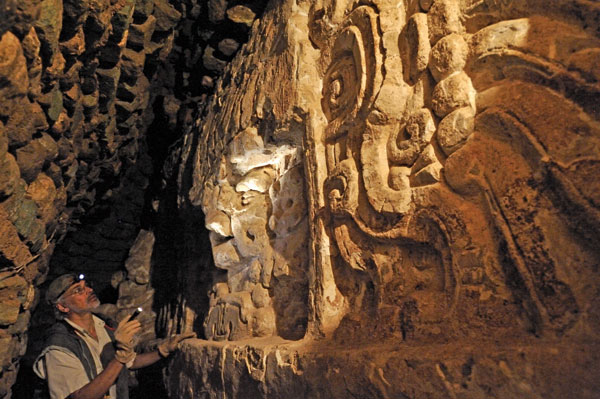
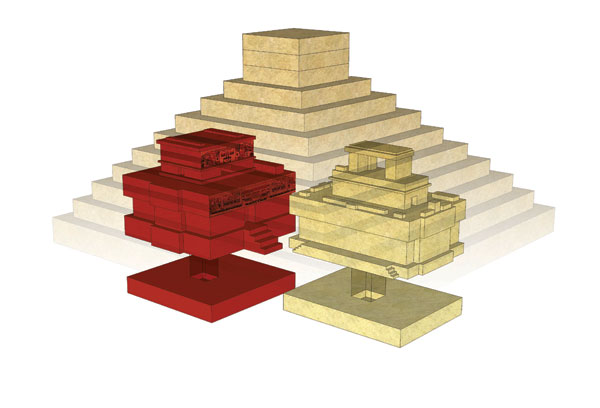
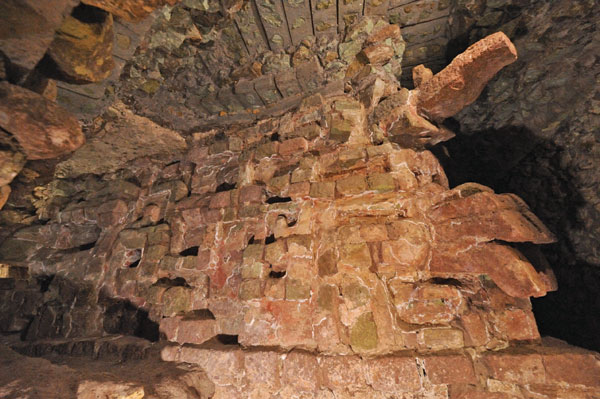





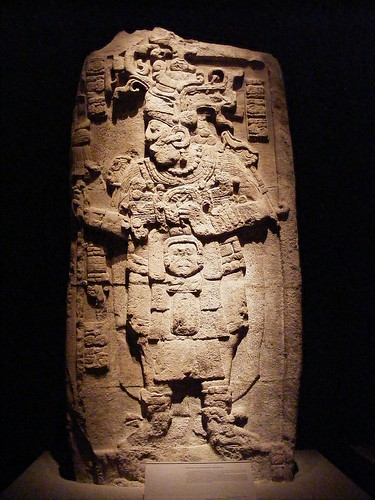


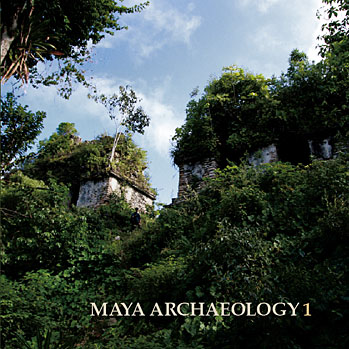









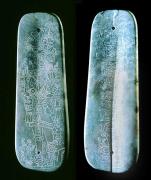


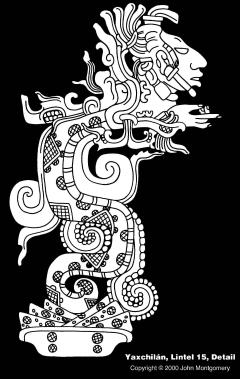

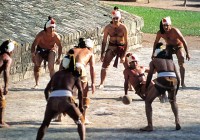


0 Comments:
Post a Comment
<< Home